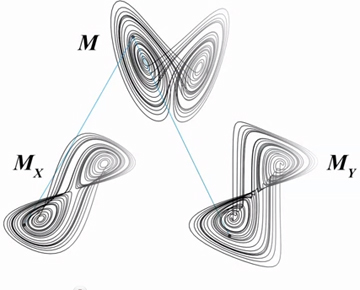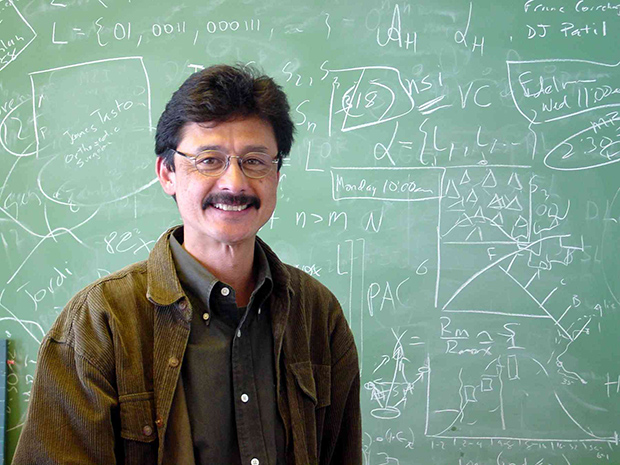
Scripps-led Team Takes on Centuries-Old Cause-and-effect Problem
Novel approach distinguishes cause-and-effect from misleading correlation
By:
- Mario Aguilera
Published Date
By:
- Mario Aguilera
Share This:
Article Content

A new technique called convergent cross mapping tests for causation in time series data.
Is fishing alone responsible for stock collapses, or are there other dominant factors? Determining the causes driving changes in complex networks such as ecosystems is especially challenging. Until recently, scientists had a limited toolbox for detecting causation. Often they would correlate two variables and suggest it implied causation. Yet as long ago as 1710, Irish philosopher Bishop Berkeley remarked “correlation does not imply causation.”
George Sugihara of Scripps Institution of Oceanography at UC San Diego and colleagues from around the world have developed a new approach to help ecologists distinguish true causal interactions from misleading correlations.
Published in the most recent online issue of the journal Science, the method described in the paper, “Detecting Causality in Complex Ecosystems,” extracts the “signature” left by causes embedded in ecological observations—historical records known as time series. The new mathematical approach deduces causes from the affects.
For example, their technique, called “convergent cross mapping,” was applied to time series records of anchovy and sardine populations to determine whether the species are interacting and responsible for the ups and downs of the other. Using a combination of data from the California Department of Fish and Game and CalCOFI (the Scripps-based California Cooperative Oceanic Fisheries Investigations program), one of the world’s longest marine monitoring efforts, the researchers confirmed that even though the booms and busts of sardines and anchovies move lock step in opposite directions, they were not affecting each other (a spurious correlation much like the numbers of Republicans in the Senate and sunspots). However, the tool was able to uncover that sea surface temperatures, though not correlated with either fish population, are a hidden force driving changes for both stocks.

Scripps Professor George Sugihara
“The major novelty of this method is that it is based on a dynamic and interconnected view of nature,” said Sugihara, the McQuown Chair Distinguished Professor of Natural Science at Scripps. “Ice cream sales and rates of violent crime might rise and fall at the same time, but our method is able to determine whether this is due to cause-and-effect, or whether both are simply more common during hot summer months.”
The new tool is distinct from methods developed by UC San Diego economists Clive Granger and Robert Engle for financial and economic data, which earned them the Nobel Prize in Economic Sciences. Granger’s technique is aimed at purely random systems rather than those having rules governing how the parts move. Sugihara and his colleagues developed their tool specifically for complex ecosystem analysis, yet its applications could have far-ranging implications across multiple areas of science. For example, “one could imagine using it with epidemiological data to see if different diseases interact with each other or have environmental causes,” said Sugihara.
Sugihara and other Scripps scientists are now applying this tool to study specific ocean phenomena, such as the seemingly unpredictable harmful algal blooms that occur in various coastal regions from time to time.
In addition to Sugihara, coauthors of the paper include Lord Robert May of the University of Oxford, Hao Ye and Ethan Deyle of Scripps Oceanography, Chih-hao Hsieh of National Taiwan University, Michael Fogarty of NOAA’s Northeast Fisheries Science Center and Stephan Munch of NOAA’s Southwest Fisheries Science Center.
The research received financial support from the National Science Foundation (NSF), an NSF/NOAA CAMEO (Comparative Analysis of Marine Ecosystem Organization) Award, the McQuown Chair in Natural Science, the Sugihara Family Trust, Quantitative Advisors, National Taiwan University, National Science Council of Taiwan, NSF Graduate Research Fellowships and an EPA STAR (Science to Achieve Results) Graduate Fellowship.
Share This:
You May Also Like
Stay in the Know
Keep up with all the latest from UC San Diego. Subscribe to the newsletter today.


